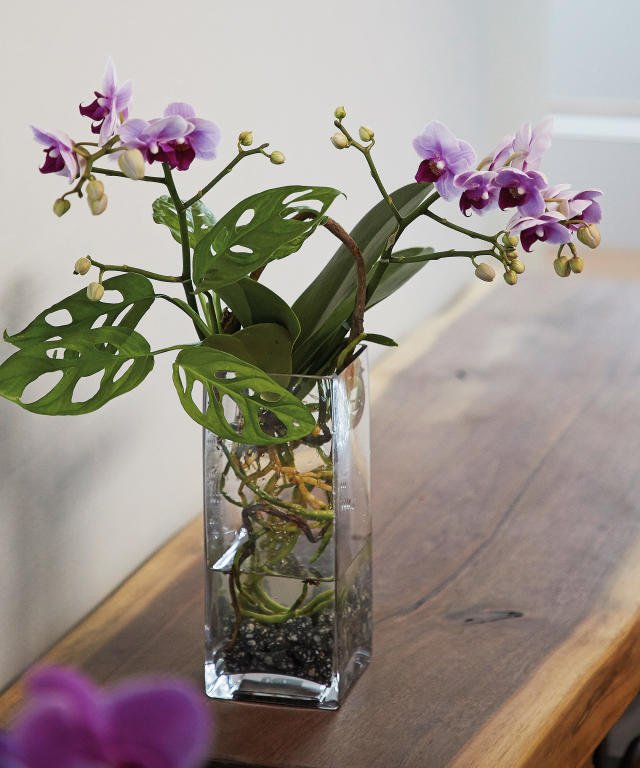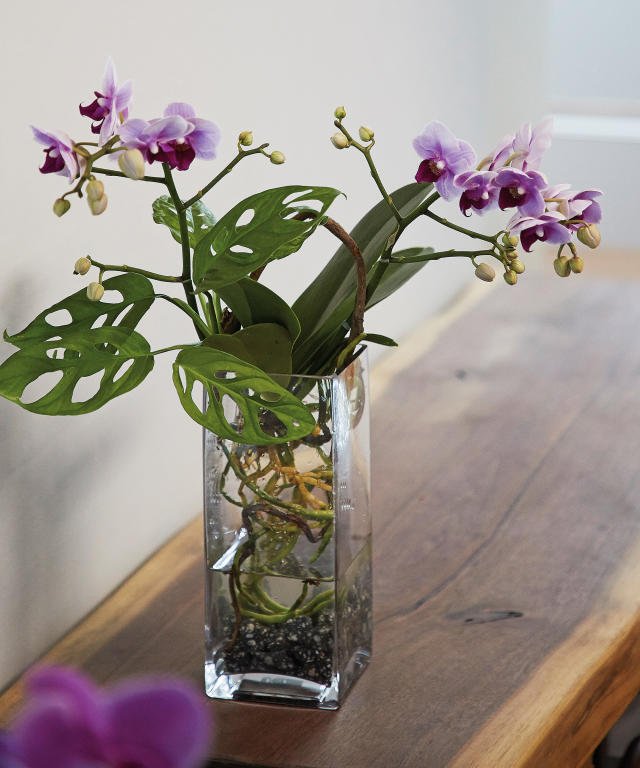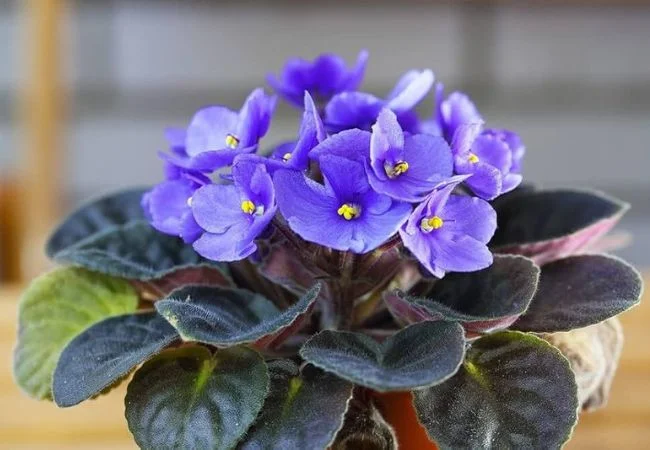Discover unique Oncidium orchid types that can grow in water. Learn about their care, propagation and how to successfully cultivate these fascinating aquatic orchids in your home.
While most Oncidium orchids are epiphytes that grow on trees, a few species can adapt to semi-aquatic conditions. These include Oncidium ampliatum and some hybrids. However, true aquatic Oncidiums are rare and most “water-growing” setups involve hydroculture methods rather than fully submerged plants.
As an orchid specialist with over two decades of experience, I’m excited to share insights about Oncidium orchids that can be grown in water-based systems. While true aquatic orchids are uncommon, some Oncidium species and hybrids can thrive in semi-hydroponic setups, offering a unique and low-maintenance way to enjoy these beautiful plants.
Understanding Water-Growing Oncidiums

What Are Water-Growing Orchids?
Water-growing or semi-hydroponic orchids are cultivated in an inert medium and supplied with a nutrient solution instead of traditional potting mix. This method can work well for some Oncidium types, providing consistent moisture and easier nutrient management.
For more information on hydroponics for orchids, visit the American Orchid Society’s page on semi-hydroponics.
Oncidium Species Adaptable to Water Growth
- Oncidium ampliatum: Native to Central America, this species naturally grows near water sources and can adapt to semi-aquatic conditions.
- Oncidium sphacelatum: While not truly aquatic, this species can tolerate high moisture levels and adapt well to semi-hydroponic systems.
- Oncidium Sharry Baby: A popular hybrid known for its chocolate scent, it can be successfully grown in semi-hydroponic setups.
Setting Up a Water-Growing System for Oncidiums
Materials Needed
- Clear plastic container with drainage holes
- Inert medium (e.g., LECA, perlite, or pumice)
- Nutrient solution formulated for orchids
- Net pots or slotted orchid pots
Setup Process
- Fill the container with the chosen inert medium.
- Plant the Oncidium in a net pot, ensuring the roots are spread out.
- Place the net pot in the container filled with medium.
- Add nutrient solution until it reaches about 1/3 of the way up the pot.
For a detailed guide on semi-hydroponic orchid culture, check out the St. Augustine Orchid Society’s article.
Caring for Water-Growing Oncidiums
Lighting
Provide bright, indirect light. East or west-facing windows are ideal. Avoid direct sunlight, which can burn leaves.
Temperature and Humidity
- Temperature: Most Oncidiums prefer temperatures between 60-80°F (15-27°C).
- Humidity: Aim for 50-70% humidity. The water-based system will naturally increase local humidity.
Nutrient Management
- Use a balanced, water-soluble orchid fertilizer diluted to 1/4 strength.
- Apply nutrients with every watering during the growing season.
- Flush the system with plain water monthly to prevent salt buildup.
For more on orchid nutrition, visit the Royal Horticultural Society’s orchid feeding guide.
Common Issues and Troubleshooting
Root Rot
Despite being grown in water, Oncidiums can still suffer from root rot if the water becomes stagnant or contaminated.
Solution: Ensure proper air circulation and change the nutrient solution regularly.
Nutrient Deficiencies
Symptoms may include yellowing leaves or stunted growth.
Solution: Adjust the concentration of your nutrient solution and ensure you’re using a balanced fertilizer formulated for orchids.
Propagation of Water-Growing Oncidiums
Water-growing Oncidiums can be propagated through division during repotting. Ensure each division has at least 3-4 pseudobulbs for the best chance of success.
For more on orchid propagation techniques, check out the University of Florida’s IFAS Extension guide.
While true aquatic Oncidium orchids are rare, many species and hybrids can adapt well to water-based growing systems. This method offers a unique way to cultivate these beautiful plants, potentially reducing maintenance and providing a constant source of moisture and nutrients. Remember that each plant may react differently, so observe your orchids closely and adjust care as needed. With patience and attention, you can successfully grow stunning Oncidiums in a semi-hydroponic setup, adding a distinctive touch to your orchid collection.
For ongoing research and developments in orchid cultivation, follow the work of the Orchid Research and Development Centre.
For more gardening tips and plant care guides, visit usagardenhub.com.






